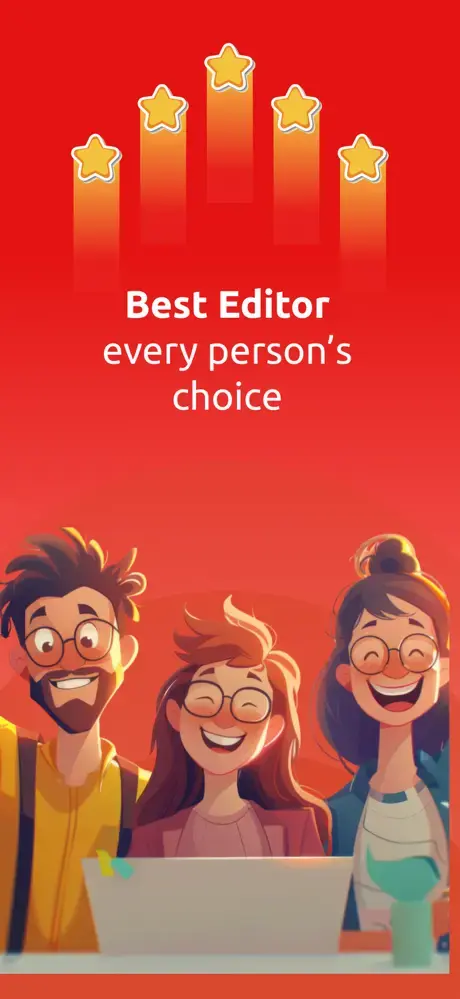There was a time when the weight of paper defined the seriousness of life, contracts bound in folders, books stacked like walls, forms passed from one desk to another. Paper carried authority. You could feel its texture, hear the shuffle of its pages, smell the faint ink. And yet, in the span of a single generation, paper has mostly slipped into screens. What once filled cabinets now fits into the palm of a hand.

Still, the essence remains: words that must be read, documents that must be shared, agreements that must be signed. The difference is in how we handle them. A PDF reader has become, in many ways, the new desk lamp, the companion that allows us to sit with text, highlight what matters, and carry an entire library without weight. It doesn’t have the romance of an old book, perhaps, but it does carry a strange kind of magic: the ability to keep paper alive without paper at all.
But reading is only one part of the story. Life is messy, and so are our documents. Pages scatter, files multiply, versions overlap. That’s where a PDF merger app steps in, almost like a seamstress, stitching together fragments into something whole. It feels ordinary, almost mechanical, select, drag, combine. Yet behind that small action is the relief of order. Two reports become one. Five scanned pages become a single, flowing file. A student pulls together research notes; a lawyer compiles evidence; a parent joins school forms into a neat bundle.
And of course, the gateway to all this is often a PDF reader app, small enough to live in your pocket but strong enough to open worlds. You don’t notice it until you need it, waiting in an airport lounge, downloading a ticket, standing at a counter, opening an ID copy, sitting in class, scrolling through a study guide. Without fuss, it makes sure the pages arrive where they should, visible, intact, untouched by the frictions of format or device. It is not glamorous, but it is indispensable.
Then there is the matter of keeping things not only accessible but also arranged. Anyone who has spent a day searching for that one document buried under a hundred downloads knows the quiet desperation of digital clutter. Here enters the PDF organizer, to label, to categorize, to create a system; it sounds so simple, yet it transforms chaos into clarity. Suddenly, bills line up with bills, notes with notes, memories with memories. A small act of tidying becomes an act of respect for your own time.
Of course, paper itself has not disappeared; it simply changed. The old act of pressing a sheet into a machine, waiting for the whir of a copier, has been replaced by the lift of a camera, the click of a button. A PDF scanner turns scraps of paper into a permanent digital presence. A child’s drawing, a handwritten recipe, an old contract, captured, preserved, translated into pixels.
Perhaps that’s the story of our age: paper didn’t vanish, it transformed. It became weightless, carried in pockets, shared across oceans in seconds. But in that transformation, it needed caretakers, apps and tools that ensured the existence of documents was not lost. To read, to merge, to arrange, to scan, these are not just technical functions. They are small methods of continuity. They ensure that the agreements we make, the words we write, the memories we keep, remain steady in a world that is anything but steady.